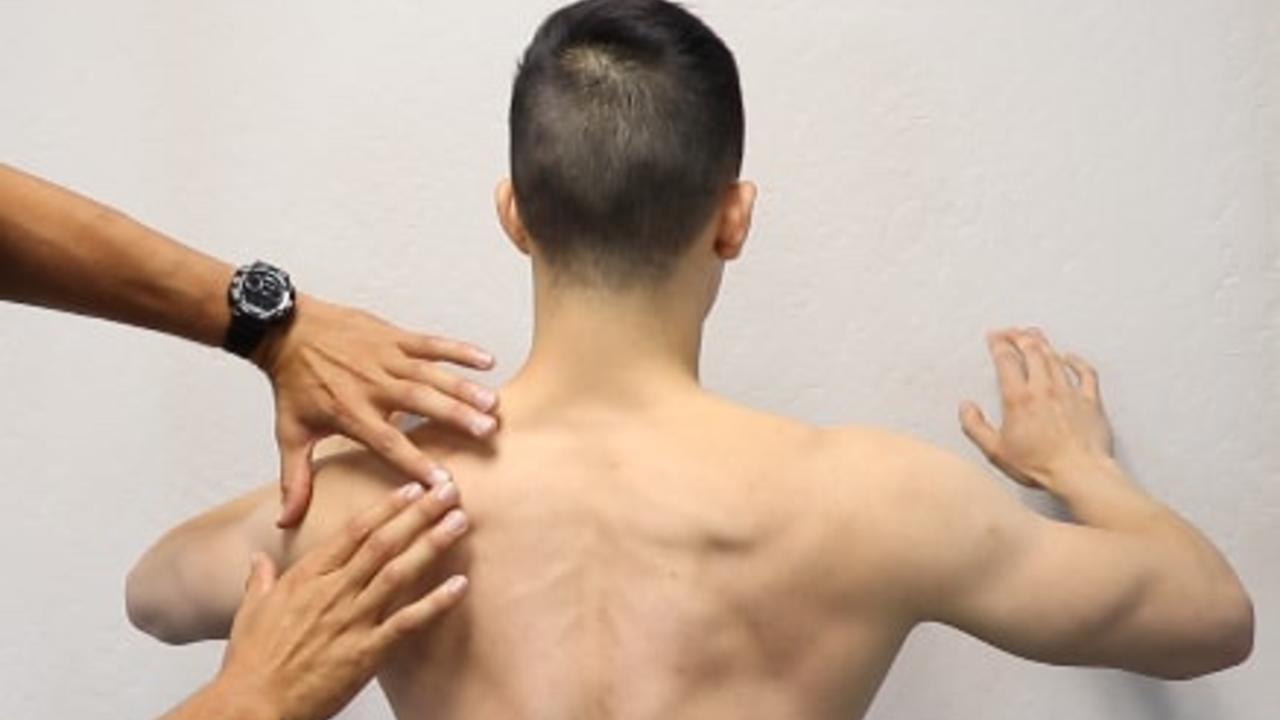Are wide pushups bad for you?

Often when people first start to experiment with wide pushups, they experience one of two things: either they have shoulder pain, or someone tells them that they should stop doing wide push ups because they’ll end up injured.
Does this mean wide push ups bad for you?
No. Wide pushups are not bad for you when done correctly. The discomfort you may feel doesn’t mean wide grip pushups are unsafe. Wide grip push-ups can actually be GOOD for you if you do them correctly. Just like lifting heavy objects is not inherently bad for you, and in fact, can be beneficial and good for you when proper form is in place.
How do you do wide push ups properly?
Controlling your shoulder blades can help your shoulders move effectively and painlessly. Just as squats CAN be great for the knees if your body is ready to do them, wide grip push-ups CAN be great for your shoulders too — if your body is ready to do them. This is all about scapular control.
So, what’s the secret to scapular control?
The simple secret to safely being able to do wide grip push-ups or any other movement with your arms out at your sides is to allow for scapular upward rotation. When your arms move out to the side or overhead, your shoulder blades have to widen to allow your shoulder bones, tendons, and ligaments not to impinge upon each other. This scapular movement is called “upward rotation.”
This is why the cue “back and down” has hurt A LOT of people in certain ranges of motion. Many people have been trained to pull their shoulder blades “back and down” all the time to create “good posture.” It’s a useful cue for some situations. However, for the wide pushup, it’s a problematic cue.

These shoulders are pulled back and down (downward rotation). Notice how the elbows naturally get sucked in toward the ribs.
By unnecessarily attempting to keep your shoulder blades “back and down” as you send your elbows out wide, you’re interfering with your body’s ability to produce scapular upward rotation. If you don’t get upward rotation of the scapula, you can’t safely move your elbows out.
For a visual example of this material, check out our video:
What cues can you use for better upward rotation?
As with all cues, it’s important to remember that there’s no such thing as a perfect cue. All bodies are different and all movements require different biomechanics to perform. Cues are meant to guide your attention on a particular aspect of movement in order to help repattern your habits. The cue “widen your shoulders” is most helpful for people doing the wide pushups. This helps people envision their shoulder blades spreading apart, maintaining space for the humerus to move in the socket without impingement.

These shoulder blades are now in upward rotation, allowing the elbows to flare out wide and away from the body.
Finally, what causes bad form?
Often the person doing the exercise doesn’t have the requisite strength or coordination for a particular movement yet. That’s why it's important to pay attention to proper form as you gradually improve your strength, coordination, and endurance. This ensures you will be able to do more wide pushups safely and without shoulder pain!
Closing words on wide pushups
There’s a strong tendency in the world of exercise and musculoskeletal health to label some exercises as “bad.” Some exercises certainly cause people pain and discomfort. That pain doesn’t necessarily mean an exercise itself is bad, but often points to form to support improved biomechanics.


